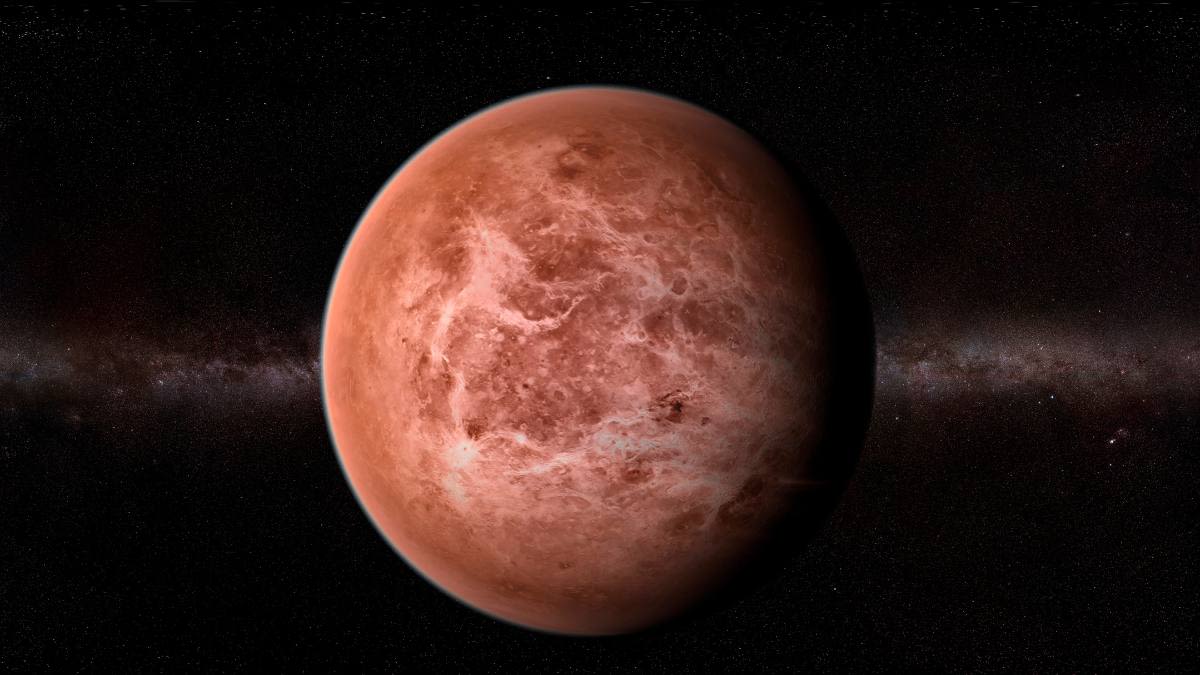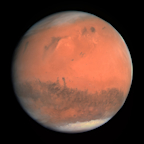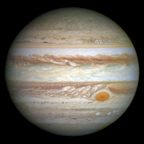Search results
News about Survivor 46, Venus Vafa, recap
News about Serena Williams, Venus, Richard Williams
News about National Gallery, loan, 200th anniversary
©NASA. Jupiter and Moon Close Approach 2024. A Brief Overview of Venus. Venus is the second planet from the Sun, and the closest to Earth ’s orbital path. It is a rocky planet, and its size, structure, and chemical composition is similar to that of Earth. For this reason, Venus is often called Earth’s twin.
Nov 9, 2017 · … Venus: Exploration. Dozens of spacecraft have launched for Venus, but not all have been successful. NASA's Mariner 2 was the first spacecraft to visit any planet beyond Earth when it flew past Venus on Dec. 14, 1962. NASA will launch two missions to Venus in the next decade, and ESA will launch one. All NASA Science Missions. PLANET Location.
Jan 11, 2024 · Venus Observational Parameters Discoverer: Unknown Discovery Date: Prehistoric Distance from Earth Minimum (10 6 km) 38.2 Maximum (10 6 km) 261.0 Apparent diameter from Earth Maximum (seconds of arc) 66.1 Minimum (seconds of arc) 9.7 Maximum visual magnitude -4.8 Mean values at inferior conjunction with Earth Distance from Earth (10 6 km) 41.39 Apparent diameter (seconds of arc) 60.0
Apr 9, 2015 · Venus is particularly inhospitable: It is 100 times hotter than Earth with an atmosphere so thick that the longest any spacecraft has survived on its surface before being crushed is a little over two hours. Perhaps such vulnerabilities to the sun’s storms contributed to this environment.
Nov 17, 2012 · Venus is a rocky planet, much like the Earth. Given its similar size, mass, and density to our planet, scientists think that its interior is much like Earth's own. In addition to a crust...
The planet Venus is often referred to as “Earth’s twin” in terms of size, mass, and density, yet it is very different in terms of atmospheric pressure and composition (95.6 bars, > 96% CO 2) and average surface temperature (464 °C). A thick, global cloud cover opaque to visible light means that Venus’ surface can only be observed with radar.
Oct 4, 2020 · 10/04/20 AT 1:02 AM EDT. KEY POINTS. Jupiter's early gravitational pull may have killed Venus' habitable surrounding. Venus has extreme temperatures that can kill any form of life. The case on...
![‘Survivor 46’ deleted scene: Venus ‘almost died’ when her jacket caught on fire [WATCH] ‘Survivor 46’ deleted scene: Venus ‘almost died’ when her jacket caught on fire [WATCH]](https://s.yimg.com/fz/api/res/1.2/VZq7ghNsBZNtHDbr.3.2vQ--~C/YXBwaWQ9c3JjaGRkO3E9ODA7c209MQ--/https://media.zenfs.com/en/gold_derby_993/1550f76268808d8a774e2d3100853c34)























